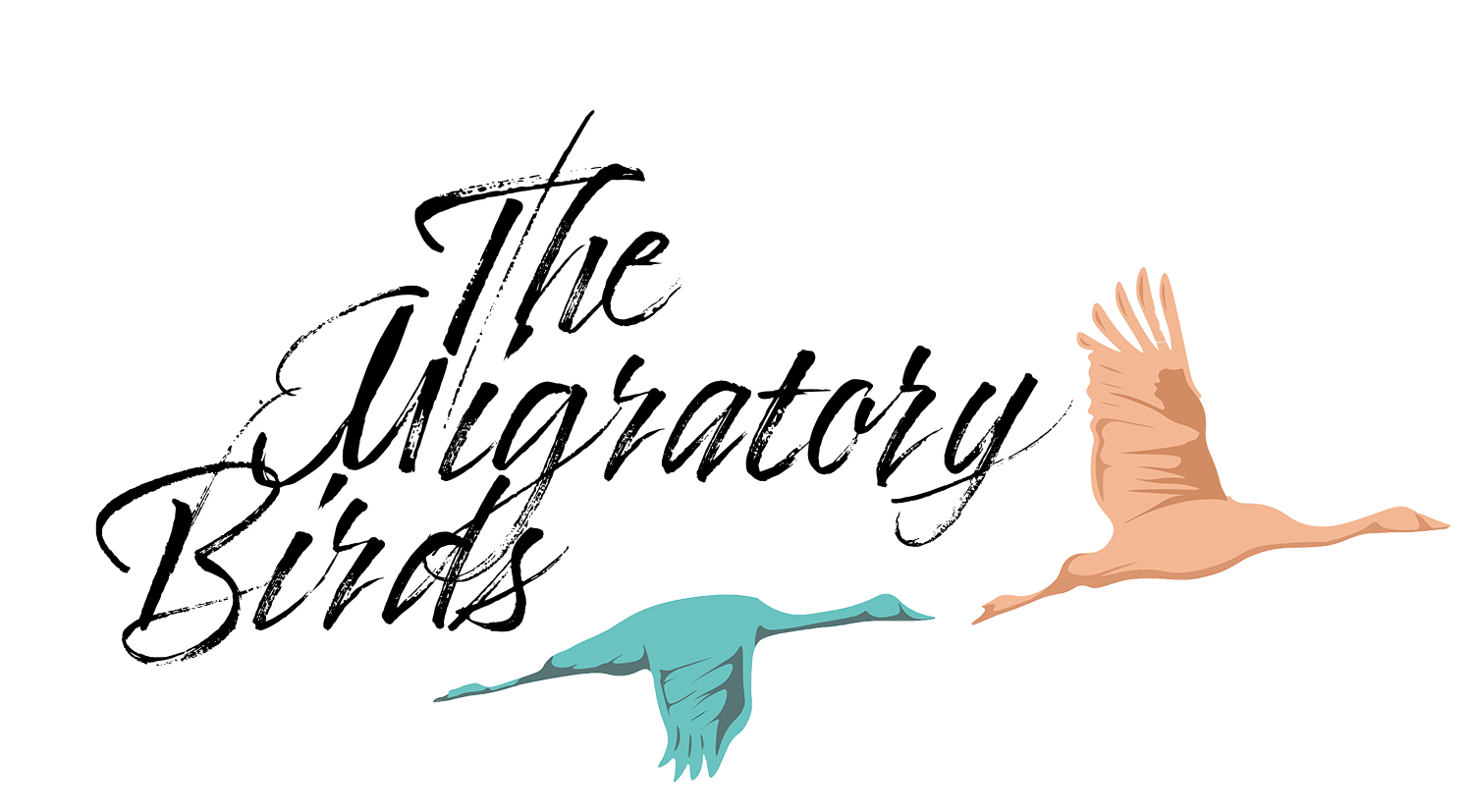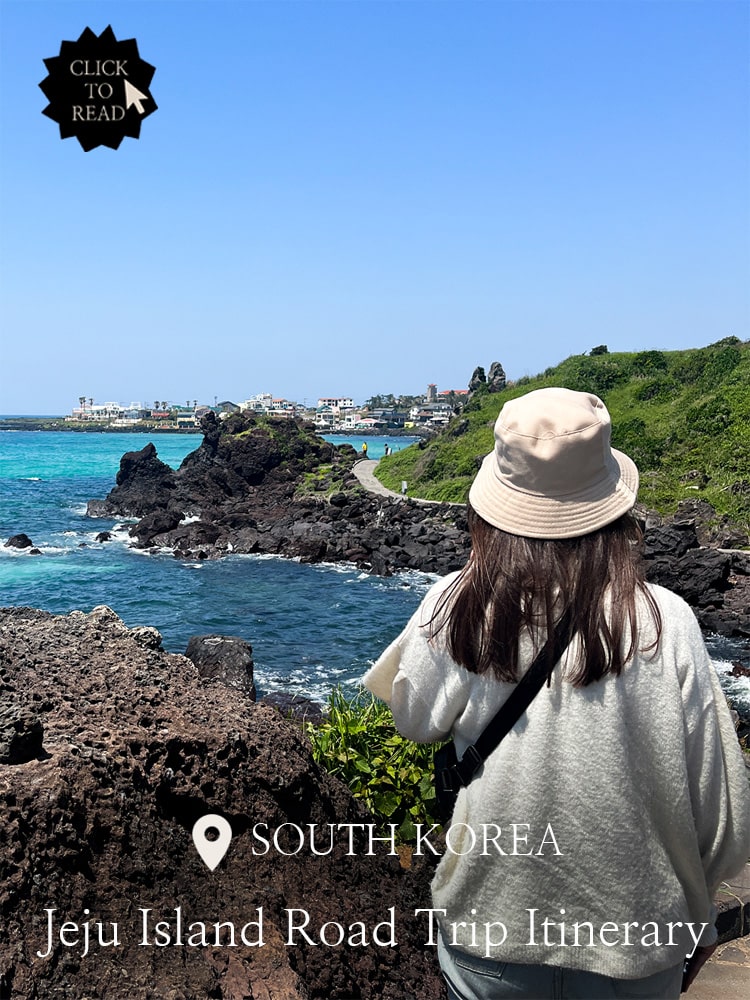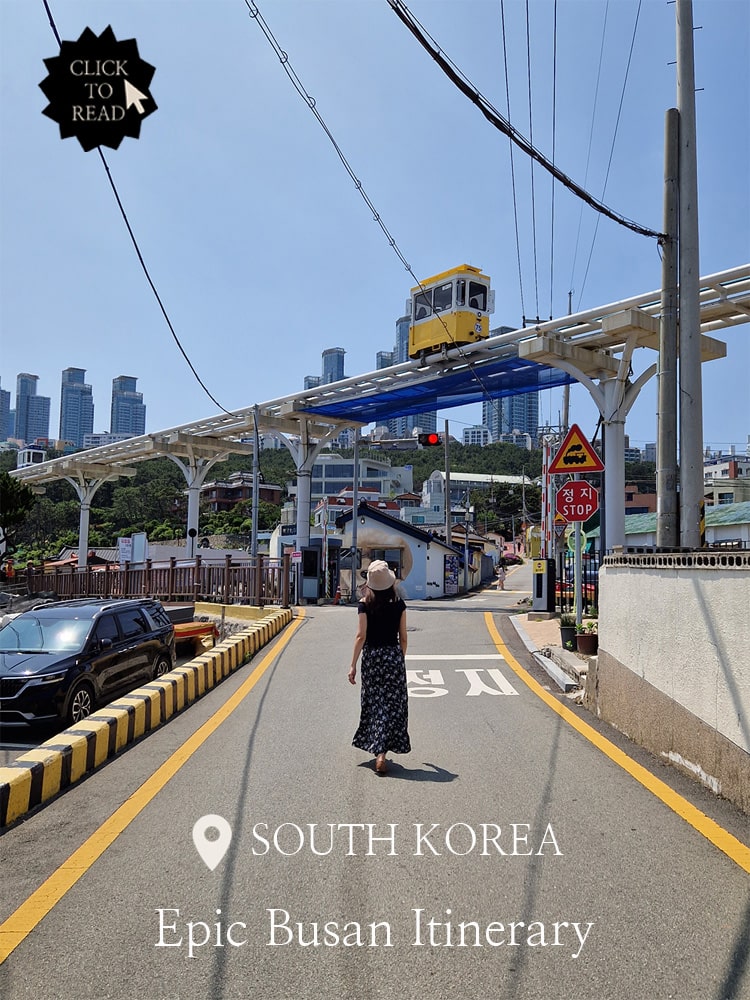KTX – A quick Guide to South Korea’s High-Speed Train
In this guide, we will walk you through everything you might want to know before taking South Korea’s KTX, one of the most popular ways for tourists, and locals, to get around South Korea!
What is this KTX you might ask? The Korean Train Express, short KTX, is South Korea’s high-speed rail system and the easiest and fastest way to travel between major cities. Find out about current KTX routes, the process of booking your tickets, ticket prices, seating and more in this quick and concise guide. Let’s get started!
Note: This post may contain affiliate links. By interacting with these links, you can support us and our website at no extra cost to you🍀! Our affiliate links are marked by an *, so you can recognise them in advance. For more information, read our Disclaimer.
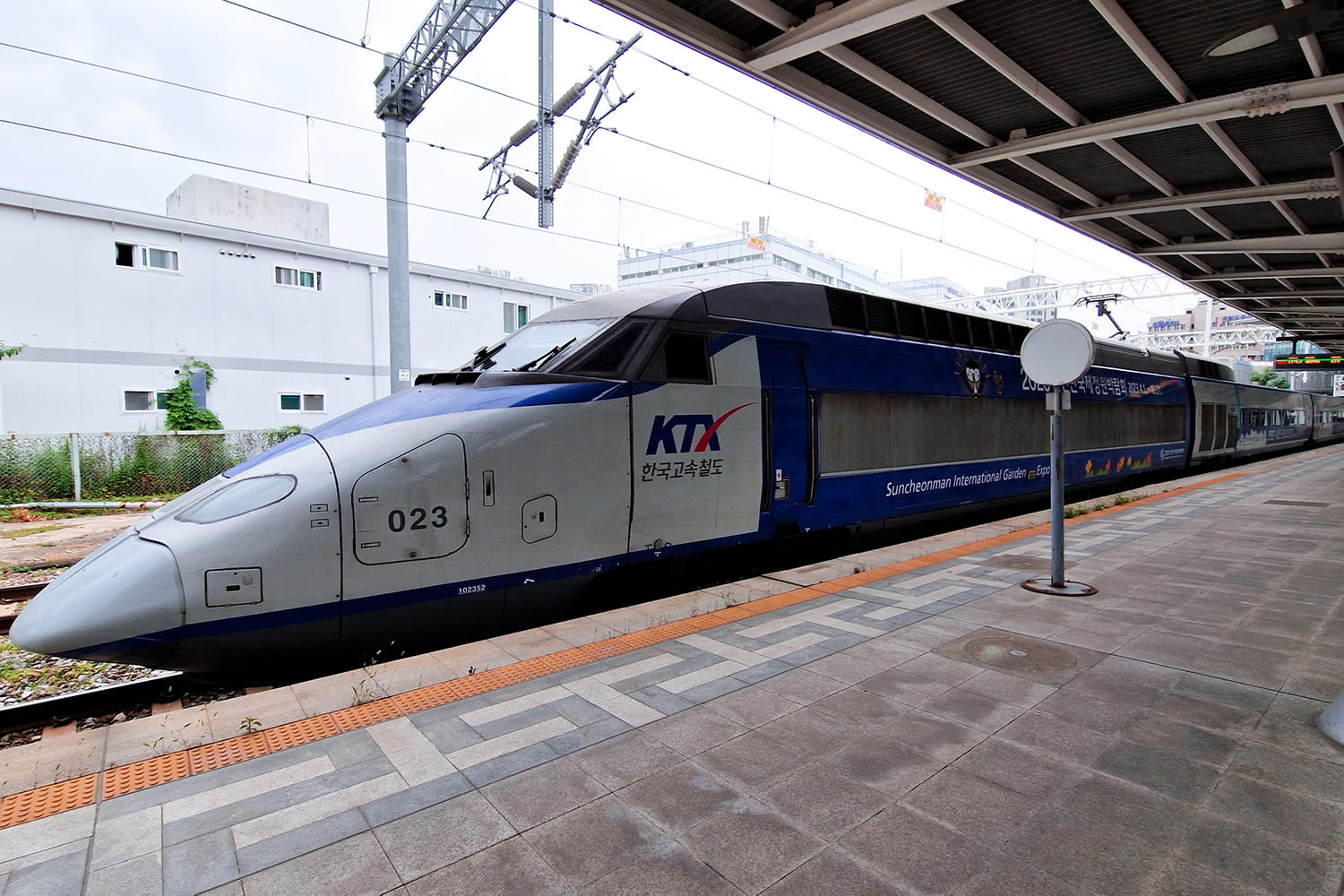
Everything you need to know for a successful trip on the KTX!
Even though South Korea’s bus system is far more extensive and therefore also reaches more remote areas within the country, the high-speed train system is especially convenient when it comes to getting from one major Korean city to the next – fast.
So if, for example, you plan on travelling between Seoul and Busan at least once on your trip, then keep reading, because the KTX is definitely going to be your best option!
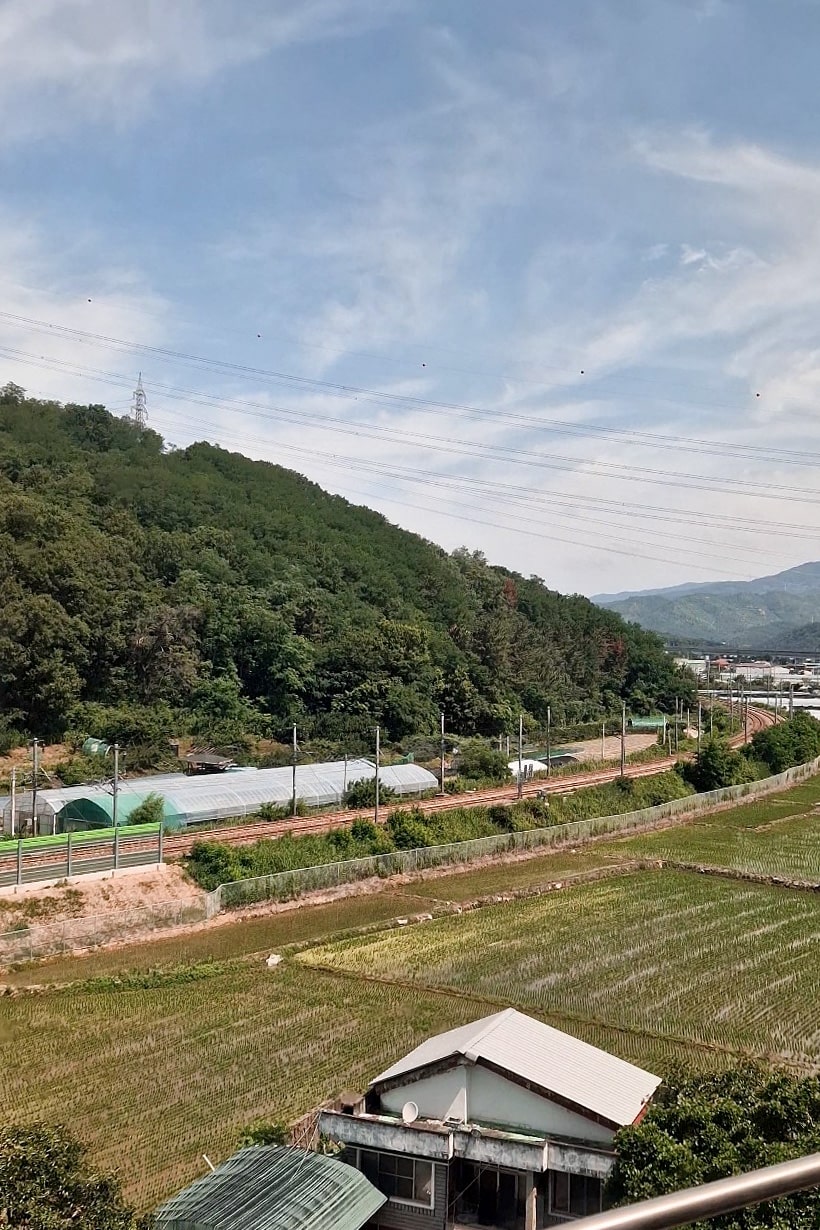
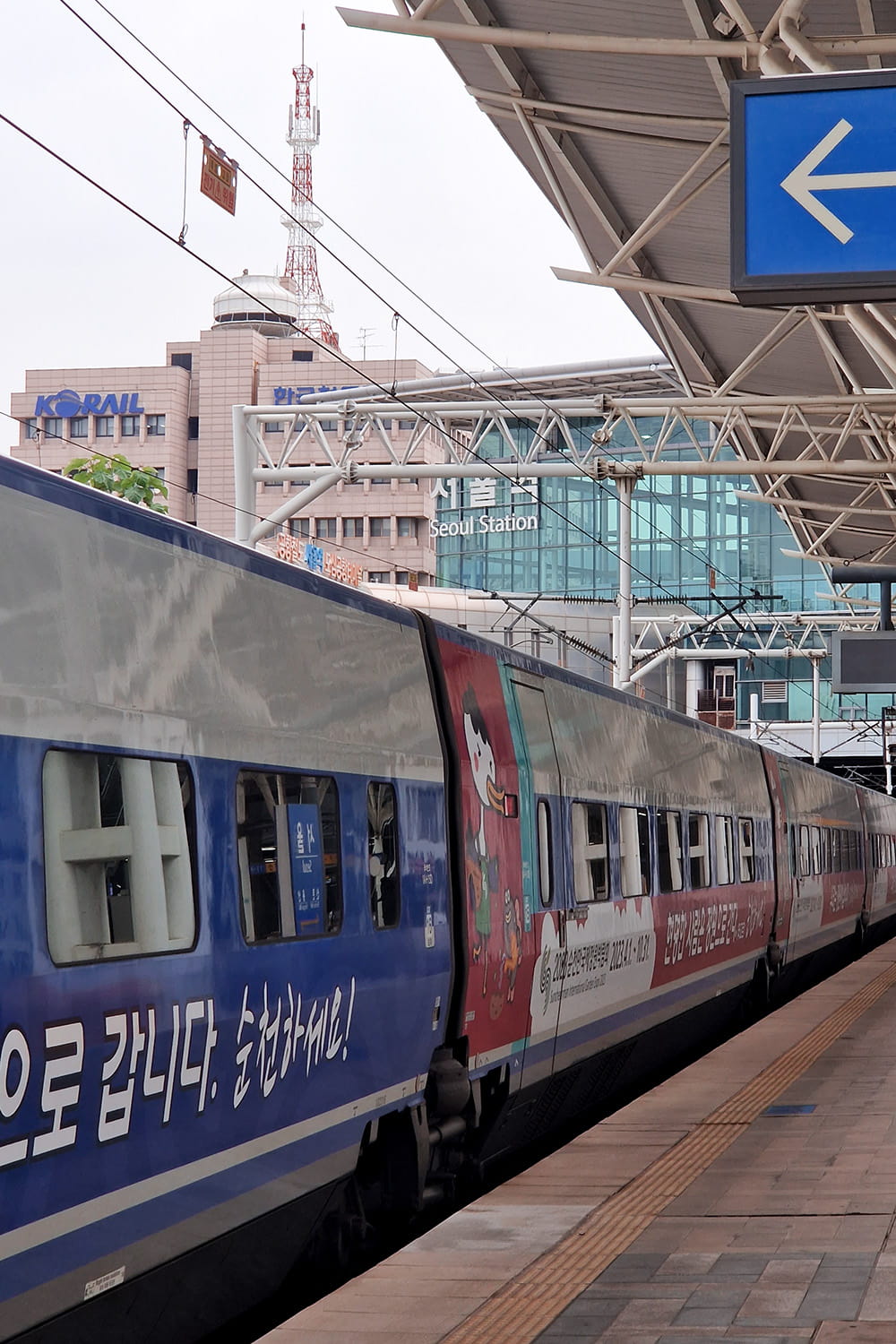
Are you currently planning your trip to South Korea? Then you might be interested in the following:
What exactly is the KTX?
The Korean Train Express, short KTX, is a South Korean high-speed train operated by Korail, South Korea’s national railway operator.
So, how fast is South Korea’s high-speed train?
Even though the infrastructure is built for trains to go up to 350 km/h (217mph), in reality the maximum speed is usually somewhere around 305 km/h (~189 mph). Also, this speed only applies to the two main lines, i.e. the Gyeongbu HSR Line and one section of the Honam Line, namely the Honam HSR Line.
On other lines, namely all non-HSR (High-Speed Rail) lines, the KTX will have a maximum speed of around 240 km/h (150 mph).
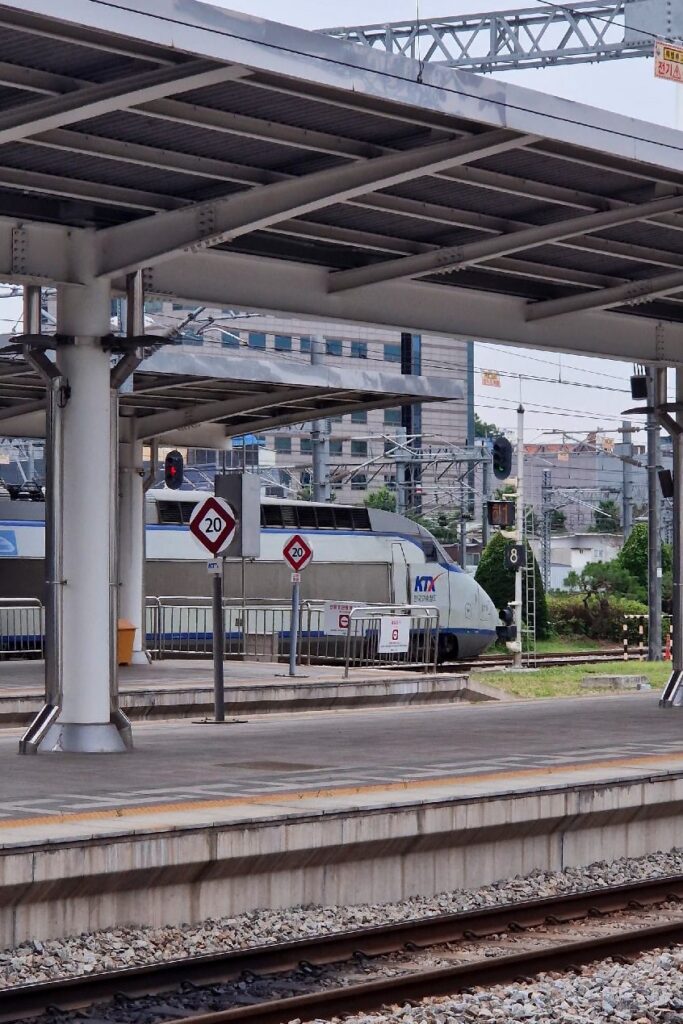

Where can the KTX currently take you? An overview of major KTX Lines
Over the years, the KTX system has continuously been expanded. Currently, the KTX operates on a number of lines, thereof two main (HSR) lines and several branches of these lines.
The system is honestly a bit of a confusing one. However, in this section, we do our best to give you a quick overview of the most interesting lines for tourists and what destinations within Korea they can take you to! Let’s start with the two main HSR lines!
Note: This list of KTX lines is not 100% complete, nonetheless it contains in our opinion the most interesting and noteworthy lines for foreign tourists travelling South Korea.
📍The Gyeongbu HSR Line – Travel between Seoul & Busan
The Gyeongbu HSR (High Speed Rail) Line is the main line between Seoul and Busan, with major stops for instance in Daegu and Gyeongju. It is the most popular line among locals as well as tourists since it connects the cities of Seoul and Busan within a quick and comfortable ~2h30min train ride. If you have heard of the KTX before, it was probably in relation to this particular KTX line😉.
Are you travelling to Busan? Check out our Busan Travel Resources:
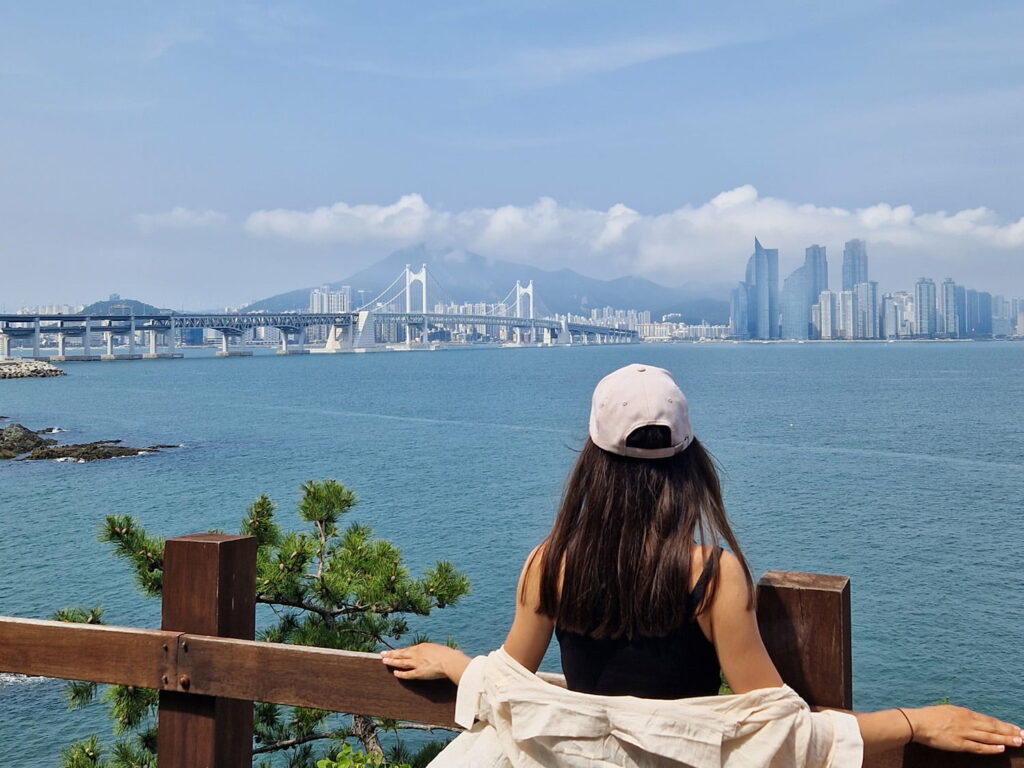
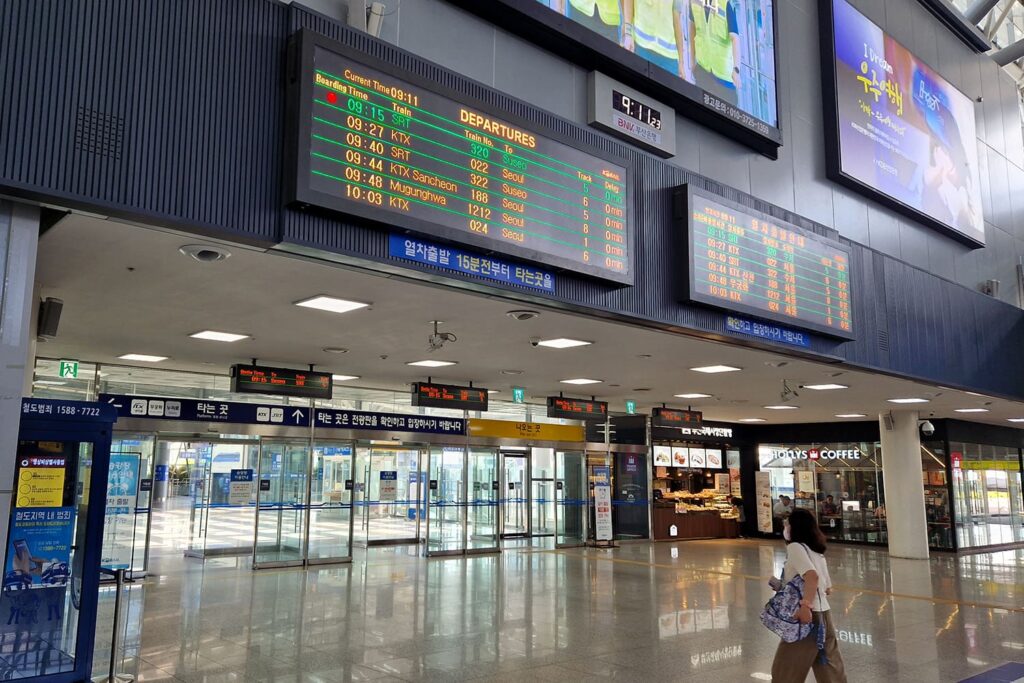
📍The Honam (HSR) Line – Seoul to Gwangju/Mokpo
The Honam HSR Line is the second major KTX line in South Korea. This particular line starts in Seoul as well and goes all the way to Gwangju and Mokpo in the Southwest, passing through Iksan.
The details are a little more complicated😆. Essentially, the HSR part of the line follows the Gyeongbu HSR Line from Seoul to Osong Station, from where it branches off and becomes its own line, namely the Honam HSR Line, that eventually ends at Gwangju Station. Most KTX travelling this route are Mokpo bound, the Gwangju-Mokpo part is then simply no HSR line anymore.
Do note, before the construction of the Honam HSR Line, the Honam Line existed already as a train line that starts in Daejeon and ends in Mokpo too. This line still runs parallel to the now existing Honam HSR Line.
If the technicalities of the lines are of no interest to you, I guess the only thing you truly need to know is that you can catch a KTX in Seoul that takes you all the way to Gwangju Station in a mere 2h5min and to Mokpo in 2h40minutes😉.
📍 The Jeolla Line – Travel from Seoul via Jeonju to Yeosu
The Jeolla Line is definitely one that is of notable interest to tourists as it connects Seoul to Yeosu in the South. On the way it also stops in Jeonju as well as Suncheon, two of the most popular destinations of North and South Jeolla Province respectively!
For those that love the technicalities: The KTX bound for Yeosu travels on the Gyeongbu HSR Line from Seoul to Osong Station, from where it follows the Honam HSR Line until Iksan and then branches off into its own line: The Jeolla Line (which is no HSR Line).
Again, the only thing that truly matters for you is that you can catch a KTX in Seoul that takes you directly to Jeonju in 1h53min and all the way to Yeosu in 3h5min.
Are you travelling to Jeonju Hanok Village? Check out:
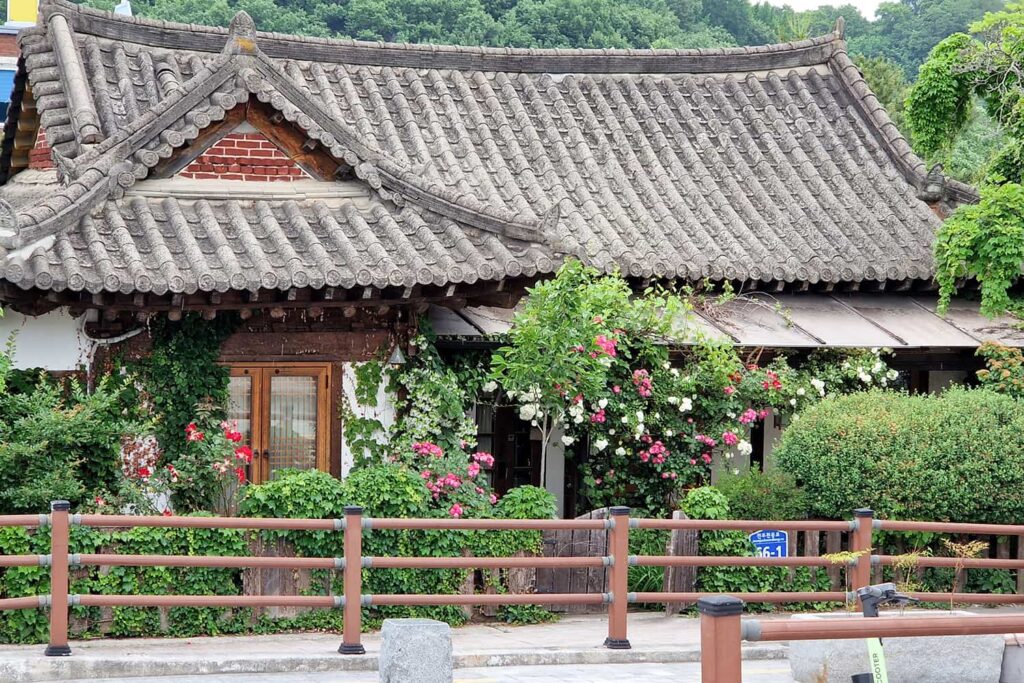

📍The Gangneung Line – Travel from Seoul to the East Coast
The Gangneung Line is a smaller and newer KTX line, connecting Seoul with Gangneung on the East Coast of South Korea in a quick 2h8min journey. So far, most of South Korea’s East Coast is best accessed by bus or car, which is why this KTX line is actually quite an interesting addition.
Nonetheless, if you are planning to travel from Seoul to Sokcho in order to visit Seoraksan National Park on the East Coast, we would suggest taking an Express Bus as it is still by far the cheaper and quicker option to get there.
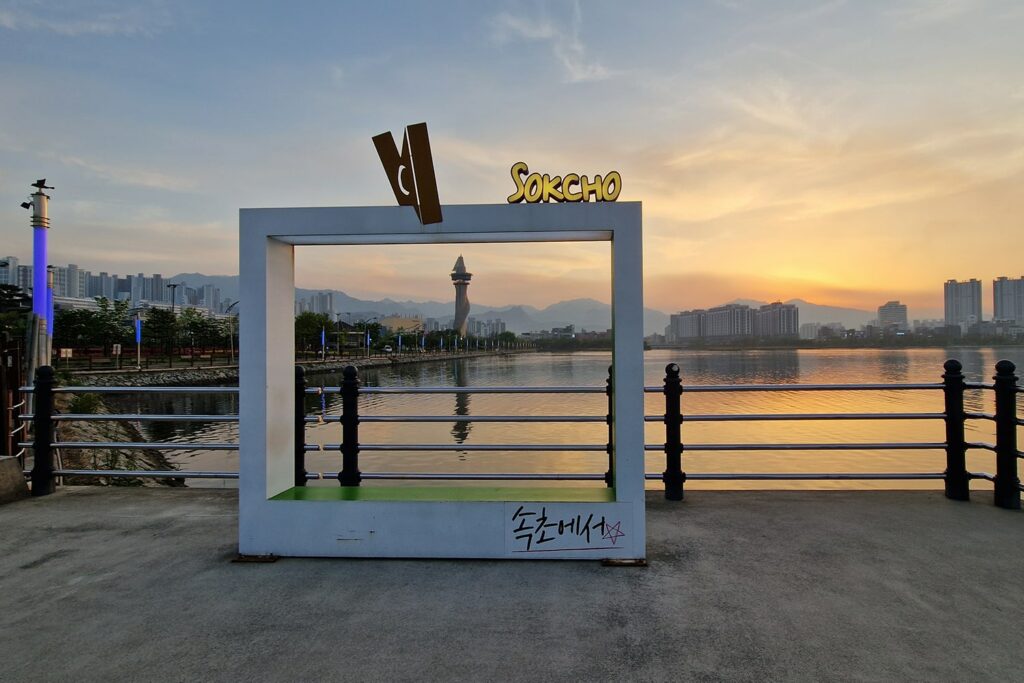

Pro’s and Con’s of taking the KTX in South Korea
In other words, when is it best to take the KTX and when should you look for other public transport options in South Korea? Let’s have a look.
PRO
- The fastest way to get around South Korea
- Very convenient and easy to use
- Quite affordable
CON
- The KTX system is quite limited
- While still affordable, it is often the most expensive travel option
If the KTX is an option it is usually the fastest and most convenient one. And therefore, if it is available, we would probably always choose to travel by KTX (except if you travel South Korea on a budget).
However, unfortunately for most destinations within South Korea, the KTX just simply won’t be an option and then the Express/Intercity Bus system is going to be your best bet.
Are you travelling somewhere in South Korea, where the KTX does not reach? Read next:
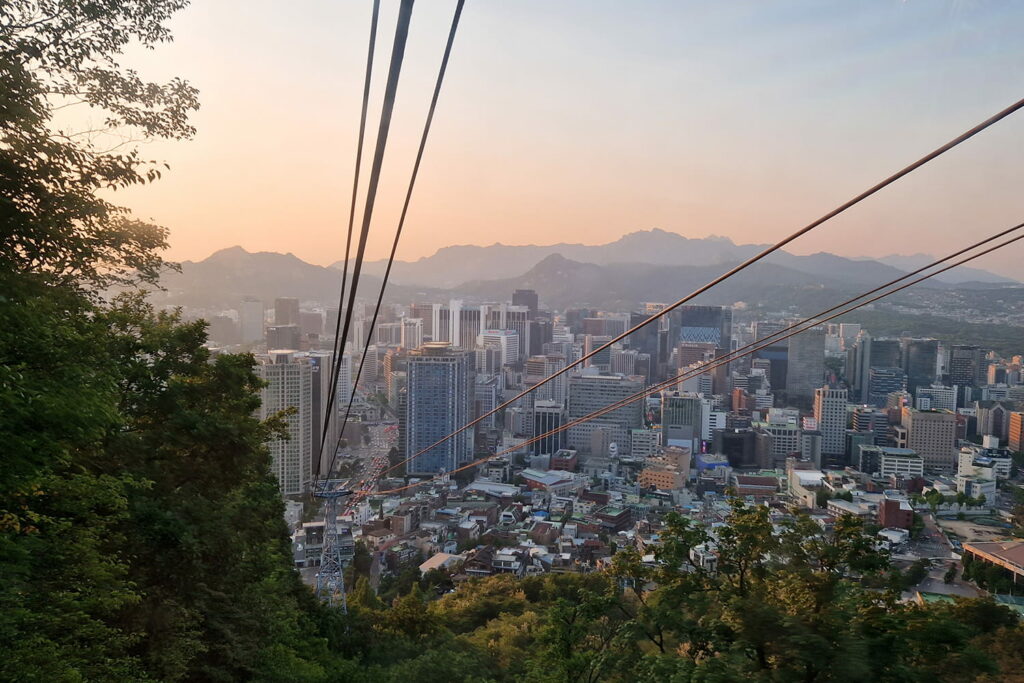
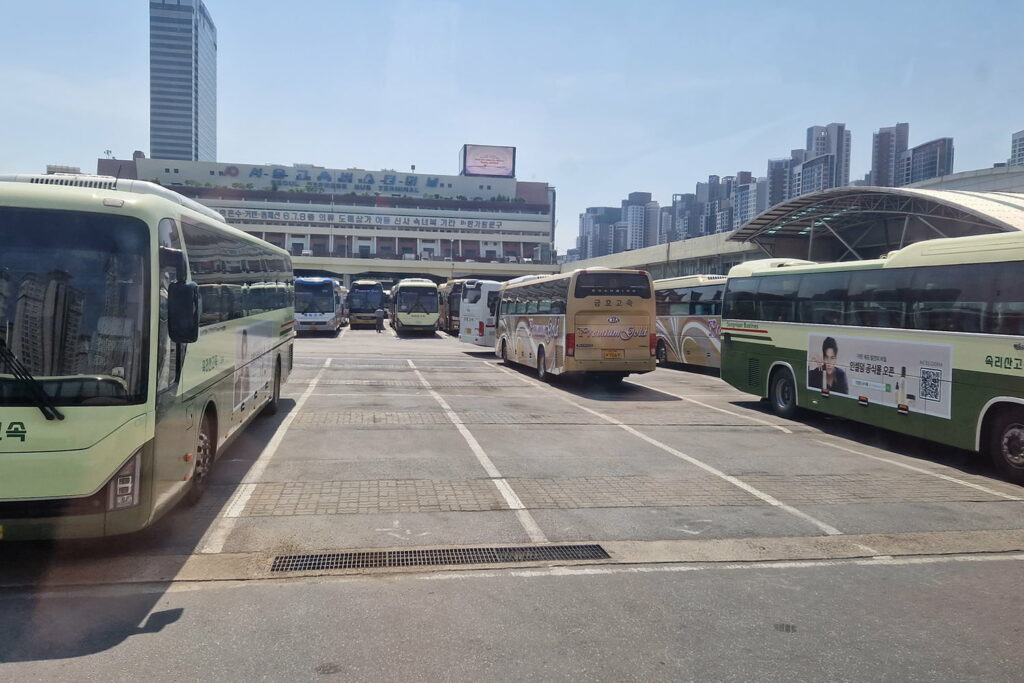
What does it cost to take the KTX?
Prices vary quite a lot depending on the distance travelled, what specific KTX line you plan on taking as well as how far in advance you book your ticket. Down below, you can find a list with prices that gives you an estimate of what to expect for various travel routes.
🚅 Seoul - Jeonju (1h53min): 34.600KRW (~23€/24$).
🚅 Seoul - Busan (2h30min): 60.200KRW (~40€/42$).
🚅 Seoul - Yeosu (3h5min): 47.500KRW (~32€/33$).
🚅 Seoul - Gangneung (2h8min): 27.600KRW (~18€/19$).
Note: All given prices are for second class seats.
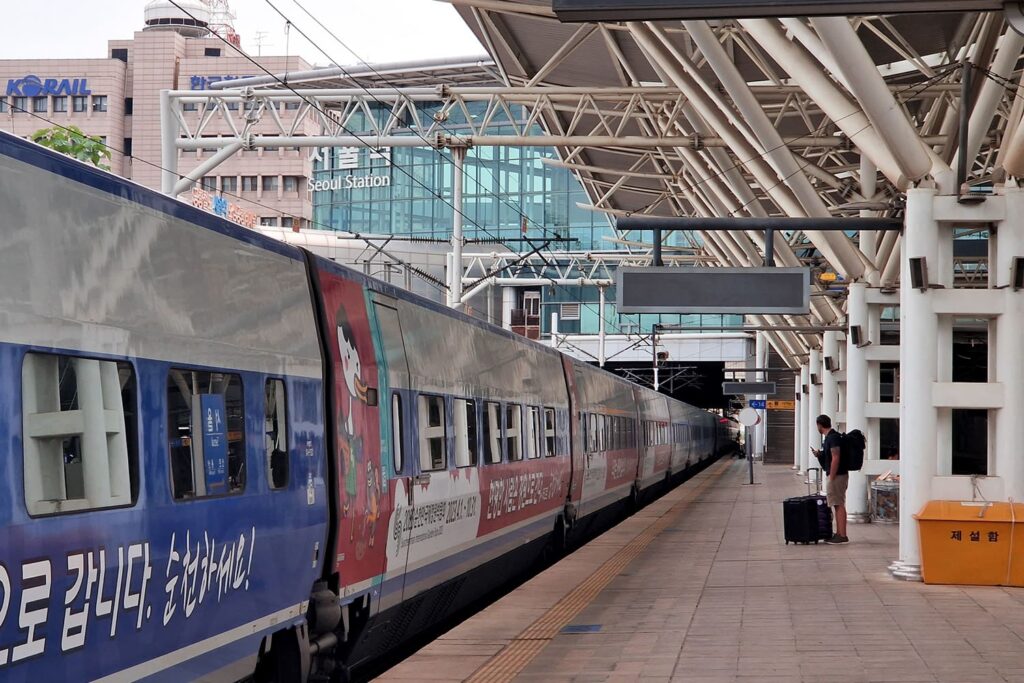
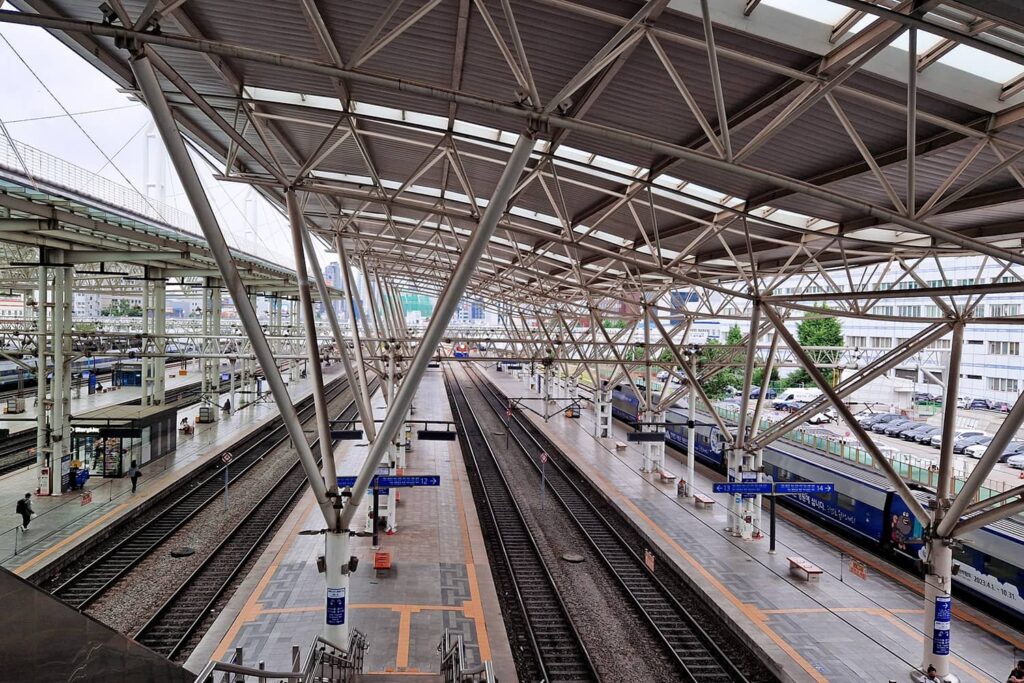
How to find your best KTX connection?
In South Korea, the easiest way to find any transportation connection, therefore also the best KTX connection, is by using the App ‘Naver Map’. I know, we probably rave about it in every post😆. But we truly mean it when we say: Download that app before going to South Korea!
Simply enter the closest KTX station (i.e. Seoul Station, Yongsan Station, Busan Station, etc.) to where you are and where you want to go and then check the different options the app gives you in order to determine your best one.
One more thing we want to mention here. On each route there are a number of different KTX trains operating, some trains take longer than others, so do check the travel time before booking your ticket.
Where to buy your tickets? And should you buy your tickets in advance?
When it comes to KTX tickets, we would definitely recommend you to buy your tickets in advance. As already mentioned, prices vary slightly depending on when you book and this is also partially due to occupancy of the train. The best thing you can do in our opinion, is to book as early as you can.
But, where can you book in advance?
Personally, we booked out tickets via 12Go Asia*, a website that specialises on transportation around Asia. We never had any problems with this website, so we would definitely book there again.
Another option is Trip.com*. They have a whole section of their search bar specifically dedicated to train travel. So it simply comes down to preference.
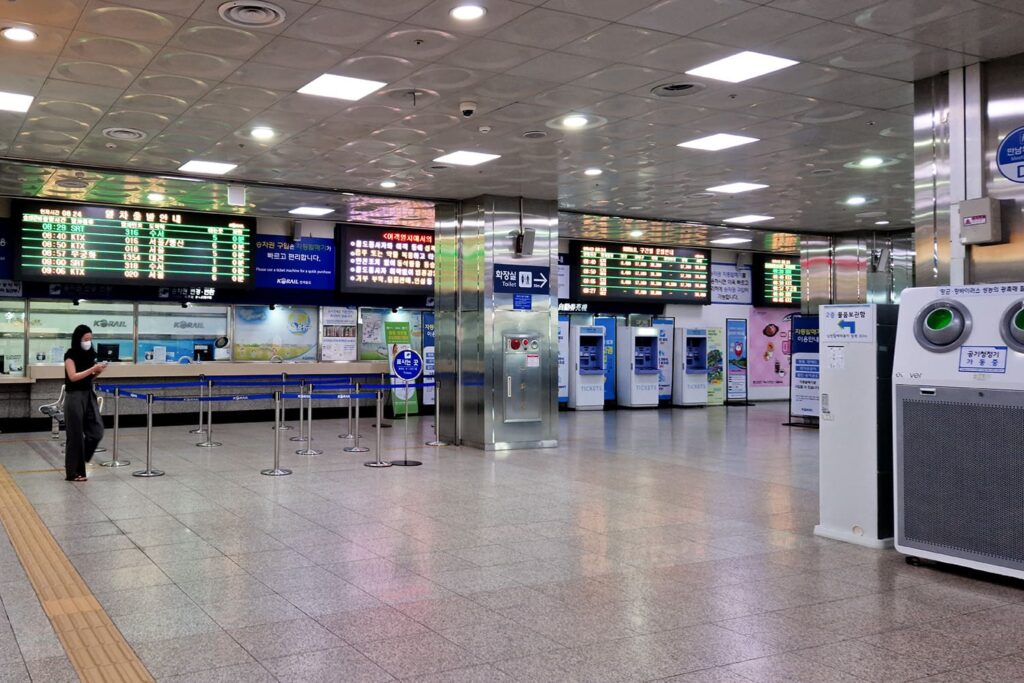
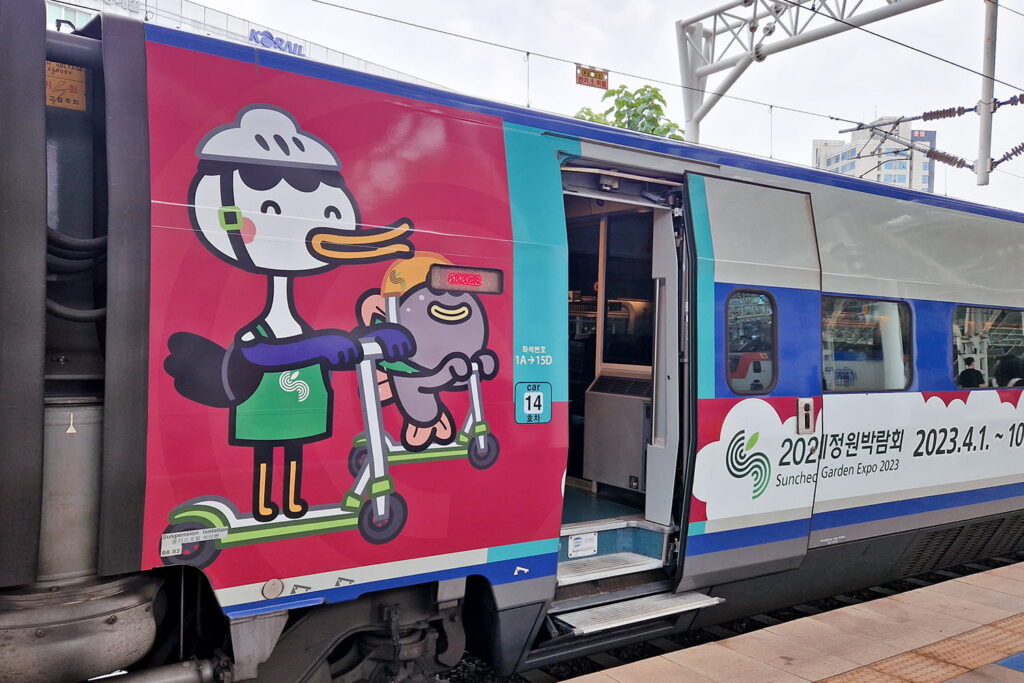
❔ Frequently Asked Questions ❔
Now, before we reach the end of this post, we quickly want to go through some of the most frequently asked questions when it comes to taking the KTX and the experience on board.
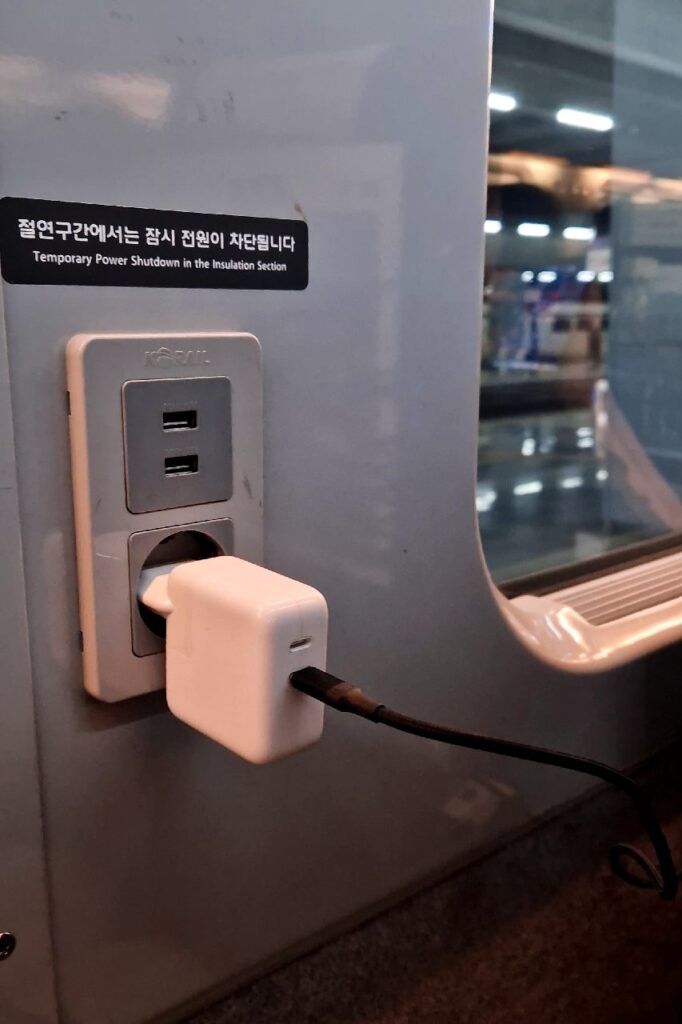
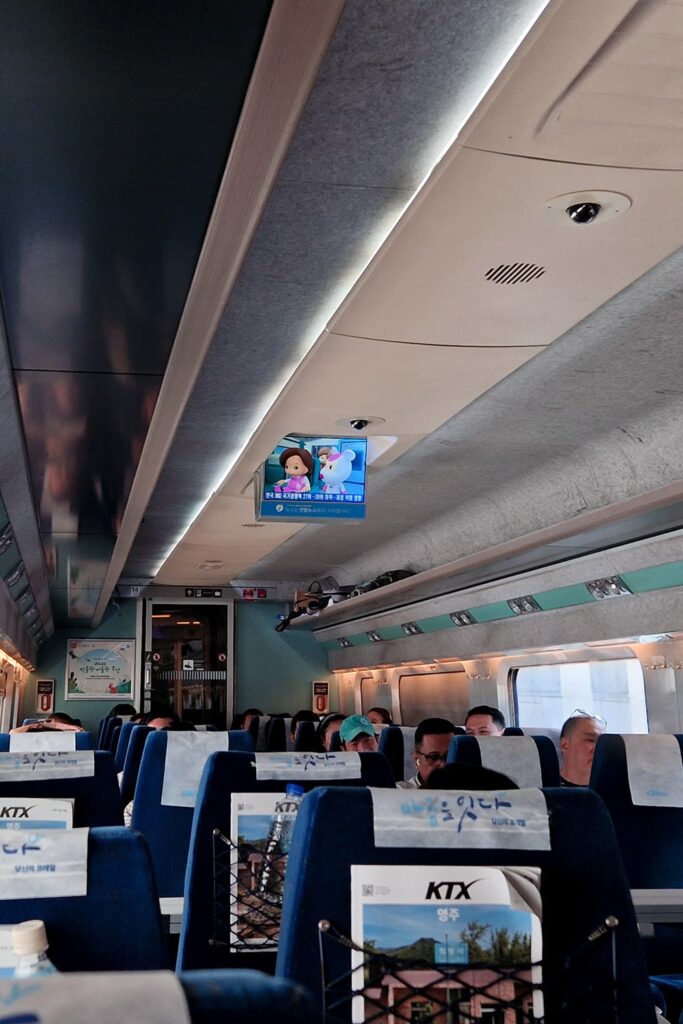
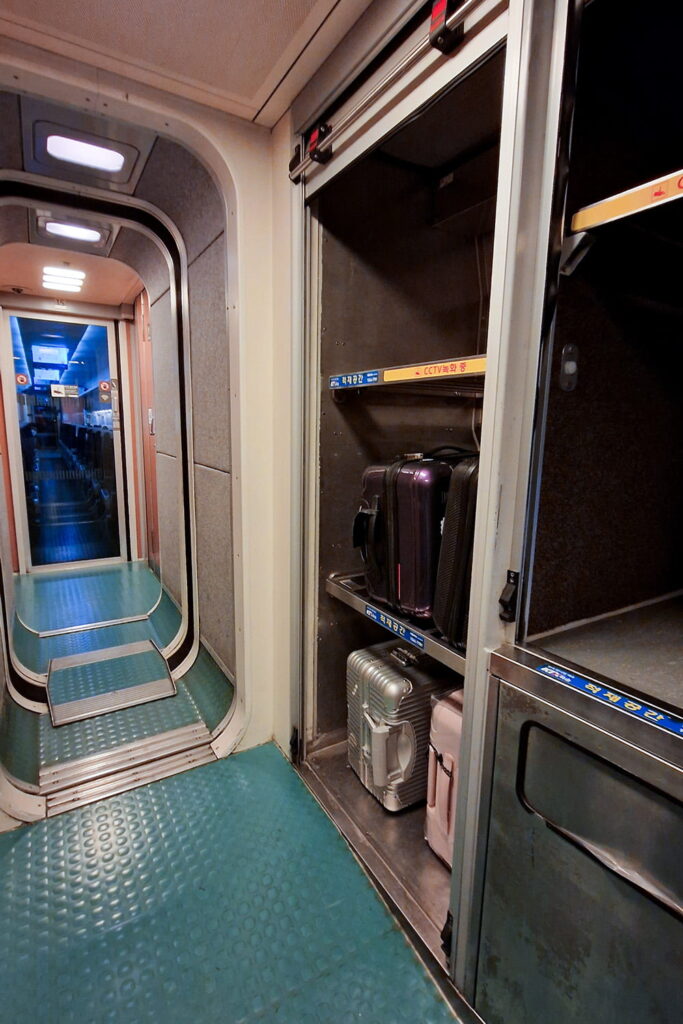
Final Thoughts on travelling South Korea by KTX
And this concludes our guide to the KTX, South Korea’s high-speed train! If you are travelling from Seoul to Busan or vice-versa on your trip, we highly recommend using the KTX. There is a reason why this route is by far the most popular one😉.
As we have seen in this post, there are other routes where taking the KTX makes sense as well. Nonetheless, you are probably not going to get past using South Korea’s efficient bus system. Especially when travelling to more remote places!
If you still have questions left, do not hesitate to leave them down below! And as always, safe and happy travels!🍀
